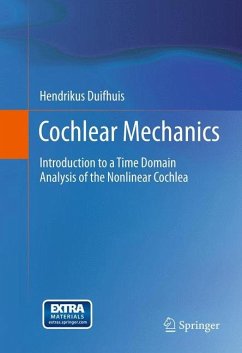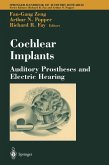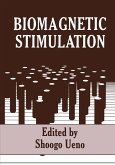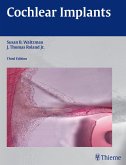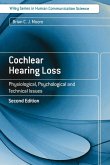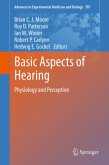The field of cochlear mechanics has received an increasing interest over the last few decades. In the majority of these studies the researchers use linear systems analysis or linear approximations of the nonlinear (NL) systems. Even though it has been clear that the intact cochlea operates nonlinearly, lack of tools for proper nonlinear analysis, and widely available tools for linear analysis still lead to inefficient and possibly incorrect interpretation of the biophysics of the cochlea. An example is the presumption that a change in cochlear stiffness at hair cell level must account for the observed change in tuning (or frequency mapping) due to prestin application. Hypotheses like this need to be addressed in a tutorial that is lucid enough to analyze and explain basic differences.
Cochlear Mechanics presents a useful and mathematically justified/justifiable approach in the main part of the text, an approach that will be elucidated with clear examples. The book will be useful to scientists in auditory neuroscience, as well as graduate students in biophysics/biomedical engineering.
Cochlear Mechanics presents a useful and mathematically justified/justifiable approach in the main part of the text, an approach that will be elucidated with clear examples. The book will be useful to scientists in auditory neuroscience, as well as graduate students in biophysics/biomedical engineering.
From the book reviews:
"This is an excellent book concerning nonlinear dynamics in cochlear neurophysiology. ... The discussion starts to make sense from 1950-1980. The text will help audiologists, neurophysiologists, students, fellows, and professors teaching auditory sciences." (Joseph J. Grenier, Amazon.com, March, 2015)
"This is an excellent book concerning nonlinear dynamics in cochlear neurophysiology. ... The discussion starts to make sense from 1950-1980. The text will help audiologists, neurophysiologists, students, fellows, and professors teaching auditory sciences." (Joseph J. Grenier, Amazon.com, March, 2015)

